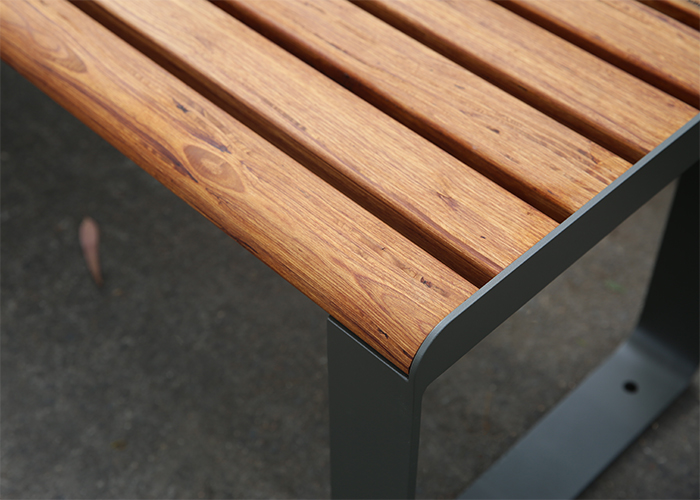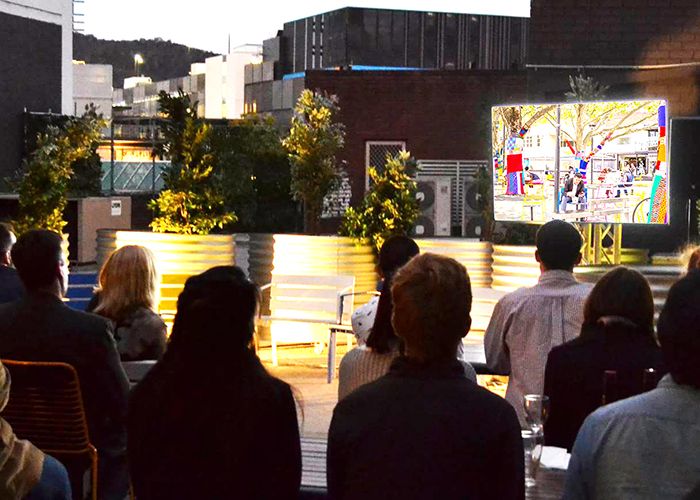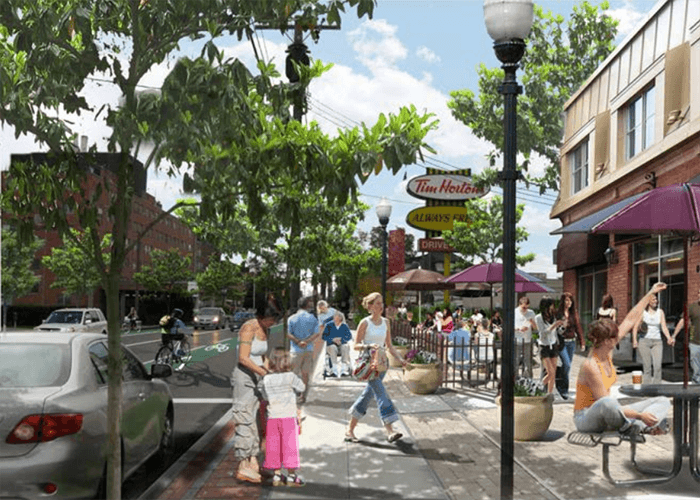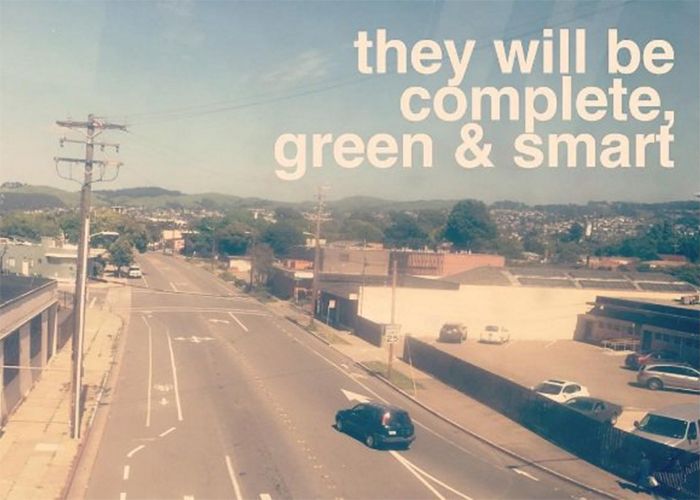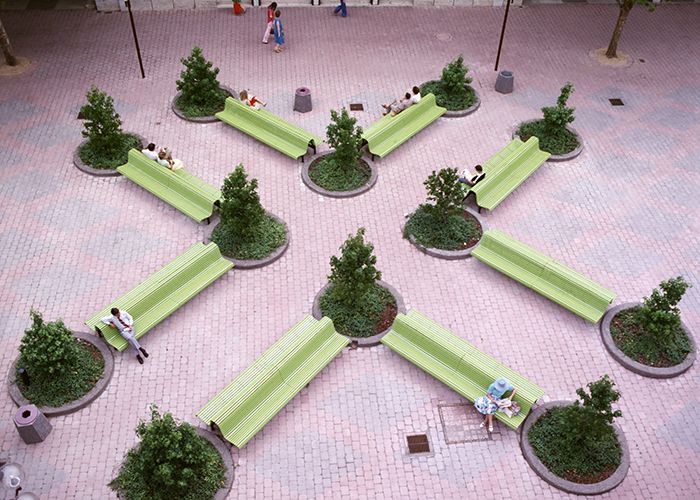
StreetChat delves into Jan Gehl’s iconic book ‘Life Between Buildings’ to bring you a summary on how to place seats in the city.
“Only when opportunities for sitting exist can there be stays of any duration,” he says.
Seats are crucial to the success of a public space. The good news is that they are a relatively cheap and easy to install solution for improving an outdoor environment.
Point 1. Location, location
Good opportunities for sitting mean people can comfortably eat, read, people-watch and socialise. And this can only happen when conditions are just right.
Gehl advises:
- A comfortable relationship to the sun and wind creates a good microclimate, essential for sitting.
- Benches placed in the middle of open spaces may look good in drawings, but on site can feel exposed and uncomfortable.
- The edge of an open space is the most popular place to sit, with a good view of what’s going on, and a protected back. Niches, spaces within spaces and corners all feel secure and are good for sitting, provided there is a clear view.
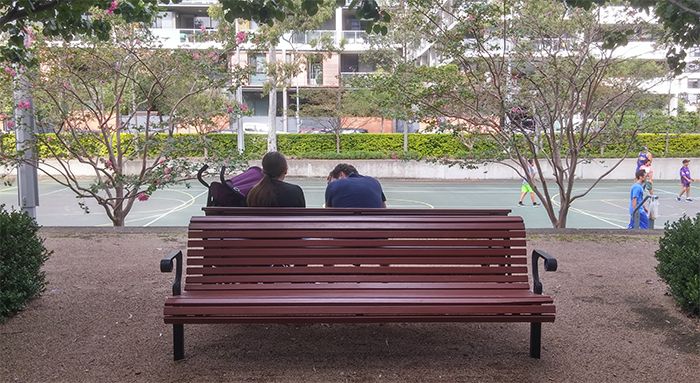
Framing the view
Point 2. Make it inclusive
Zooming out from individual places, on a macro level there is a need for cities to provide benches for resting throughout parks and streetscapes for optimum hospitality.
An ageing population, for example, requires enough seats to break a journey into manageable walking distances, and protected positions that feel safe for sitting.
“A good rule of thumb for a good city is that suitable places to sit should be located at regular intervals, for example, every 100 metres,” says Gehl.
In terms of seating design, older people are best supported with wide armrests and upright angled backs that make it easier to get up and down.
“A well-equipped space should offer many different opportunities for sitting in order to give all user groups inspiration and opportunity to stay,” he says.
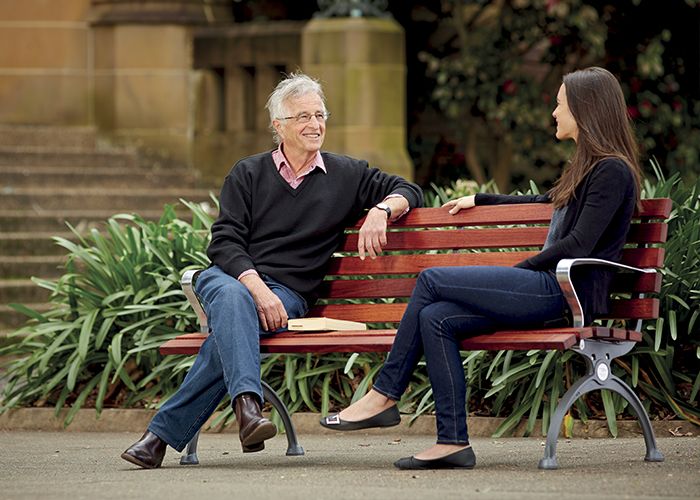
Mall DDA seats feature DDA iterations and curves to allow people to sit for longer.
Point 3. Combine primary and secondary seating
“Design with the right balance of primary and secondary seating to give the impression that a space is comfortable and popular even when there are only a modest number of users present,” says Gehl.
Primary seating – that is, benches and chairs – facilitate comfort, particularly for senior citizens. Gehl advises that an adequate amount of primary seating should be provided and strategically placed to offer users as many advantages as possible.
Secondary seating, for the more sprightly sitter, refers to stairways, steps, plinths, low walls and blocks and allows more people to enjoy the space at peak times.
Gehl is a big fan of ‘sitting landscapes’ that feature multipurpose elements like staircases that double as lookouts, or monuments and fountains that beautify a place, add to its identity and historic context, and provide wide terraced bases for several people to sit.
Venice, he notes, has designed its street lamps, flagpoles, statues and buildings so it is possible to sit on them – “the whole city is sittable,” he says.
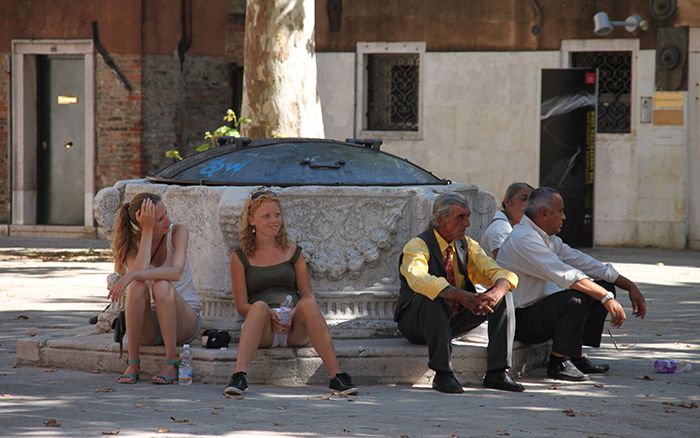
Venice: A sittable city
Subscribe to StreetChat before October 31, 2017, for your chance to WIN a stylish Papillionaire bicycle valued at $599.






